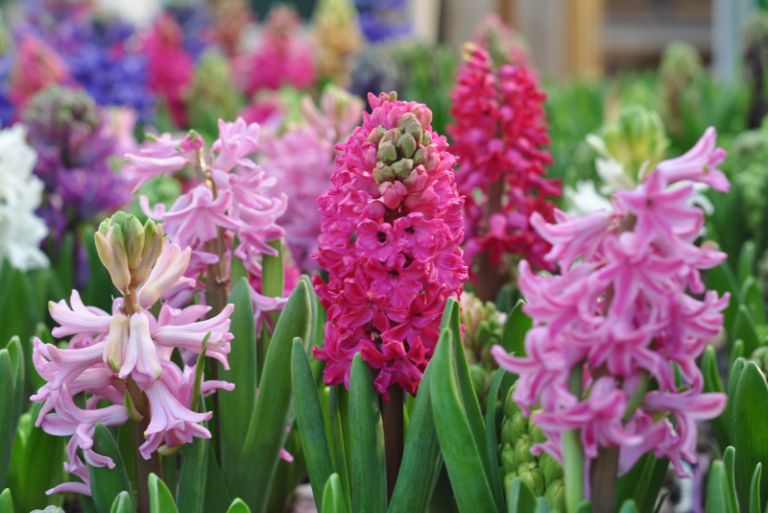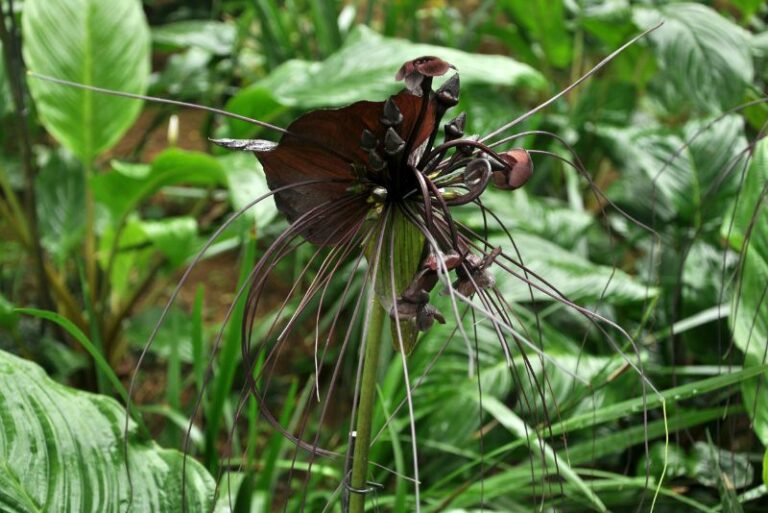Maximizing the Beauty of Your Garden: Rose Spacing Guide
Roses are nature’s poetry in motion, and crafting an eloquent stanza in your garden is as much a science as an art. The ethereal beauty of roses is a testimony to the ethereal beauty they bring to our gardens, but in order for that beauty to be fully appreciated, the spacing of these floral wonders cannot be an afterthought. Properly spaced roses can transform a simple garden into a symphony of colors, fragrances, and textures. Let’s delve into the heart of the matter and understand why rose spacing is crucial and how to get it just right in your garden.
Why Rose Spacing Matters
When planning and planting your rose garden, giving due attention to spacing is non-negotiable. The gap between your blooming beauties is more than a logistic necessity; it is a canvas for the portrait of your garden. The right spacing ensures that the roses have enough breathing room to flourish, not feeling cramped or overcrowded.
Impact on Plant Health and Growth

Roses are vigorous growers, and they need space for their root systems to develop. Crowded conditions can lead to competition for nutrients, water, and light, resulting in stunted growth and an increased likelihood of disease. Proper spacing allows for the creation of healthy, thriving gardens that are less susceptible to infestation.
Aesthetic Appeal and Visual Balance in Garden Design
A carefully spaced garden shows your roses at their best. Each rose needs room to present itself — and its neighbors — in their best light. Space enough to easily walk through your garden not only facilitates maintenance but also encourages a sense of exploration and engagement with your floral menagerie.
Determining Ideal Rose Spacing
The first step in spacing your roses is understanding the unique needs of your particular varieties and the dynamics of your garden. Here are guidelines to jump-start your spacing strategy based on different types of roses.
Factors to Consider
Before plopping a single rose in the ground, consider the varieties you’ve chosen. Hybrid teas, for example, typically require more space than shrub roses. Take into account the growth habits of your roses; some varieties are bushy, others more upright and compact. And don’t forget about sunlight — roses that crave the light will need sufficient distance from their neighbors to avoid shading.
Guidelines for Different Types of Roses
- Hybrid Tea Roses: These favored specimens need the most space, typically around 18 to 30 inches, as they grow tall and require plenty of airflow.
- Floribunda Roses: Slightly less space than hybrid teas, but still generous to accommodate their prolific blooms and bushy growth habit, usually about 15 to 24 inches apart.
- Shrub Roses: More resilient in terms of spacing, you can plant them about 24 to 36 inches apart.
- Climbing Roses: Because these majestic roses can become quite expansive, spacing largely depends on the supporting structure — a minimum of 4 to 5 feet away from each other, with an arbor or fence for support, is advisable.
Practical Tips for Rose Spacing
Getting the spacing just right can seem like a daunting task, but with a few well-honed tips, it’s entirely achievable.
Tools Needed for Accurate Measurements
- A tape measure or a length of cord marked at intervals to visualize the coverage of the roses at maturity.
- A can of spray paint or powdered chalk to help visualize the placement before the planting.
- A spirit level to ensure straight lines for formal settings.
Techniques for Planting and Adjusting Spacing
- Ensure consistency by marking out the initial distance for each rose.
- If planting in an existing garden, be prepared to relocate plants as they become established and their growth pattern emerges.
- Keep an eye on your garden, especially in its early years, and be willing to shift plants if they’re becoming too close or too far apart.
Benefits of Optimal Rose Spacing
Enjoy the rewards of a well-appointed rose garden through blooms that are second to none in their vibrancy and sheer abundance.
Healthier Plants with Improved Air Circulation and Disease Prevention
Ample space between your roses allows for better airflow, which is critical in reducing the risk of powdery mildew and other fungal diseases. Improved circulation keeps your roses healthy and happy.
Enhanced Blooming and Flower Production
Flowers need light to bloom, and sufficient spacing ensures they get just that. Wide spacing promotes optimal growth and an increased budding potential, resulting in a more impressive and lengthier display of blooms.
Conclusion
In the elaborate dance of garden design, the spacing of roses is the waltz that sets the tone for the entire performance. Slipping from the arms of one rose to the next, there should be grace and space, allowing each to shine while complementing the ensemble. By understanding the significance of rose spacing and putting these insights into practice, you are not just orchestrating a garden; you’re composing a masterpiece. A rose garden with optimal spacing is an investment in time and care that speaks to the respect and admiration we hold for these timeless flowers.






